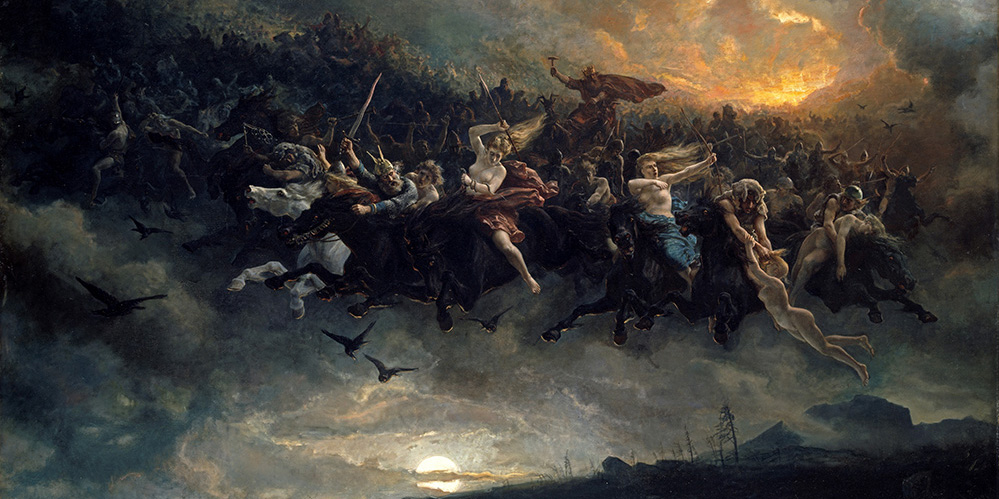
Where did the Viking spirit go? Vikings defended Europe against muslims for a period of 500 years, and played a crucial role in the fight against Islam in the early Middle Ages.
Johannes Preiser-Kapeller has mapped various conflicts in the Middle Ages. In a lecture he talks about how the Vikings came to the Bosphorus in the ninth century, and were recruited as bodyguards and mercenaries for the emperor in Constantinople. In an unit called Væringgarden (Varangian guard)
They were widely known to be especially fearless, strong and daring, and the emperor especially appreciated them. This unit consisted mainly of Norwegians associated with Sveariket (Sweden). Harald Hårdråde was a young leader of the force. Hårdråde was by the way the half-brother of Olav the Holy, and took part in the battle of Stiklestad.
Harald took part in 18 major battles around the Mediterranean countries, including Sicily and North Africa, and he was involved in conquering as many as 80 cities.
One can still find traces of Norwegian Vikings in Istanbul, including graffiti they carved into the walls inside the cathedral Hagia Sofia.

This one hour video talk provides an overview of the connections between the Byzantine Empire and early medieval Scandinavia. It discusses the linkages by trade and cultural exchange, which eventually led to the emergence and later Christianization of the states of the Rus in Eastern Europe as well as the creation of the Varangian guard at the Byzantine courts in the 10th century. The fate of the Varangian guard is documented up to the mid-14th century.
Johannes Preiser-Kapeller is a researcher at the Institute for Medieval Research/Division for Byzantine Research of the Austrian Academy of Sciences. For further information on his research and teaching: Here
